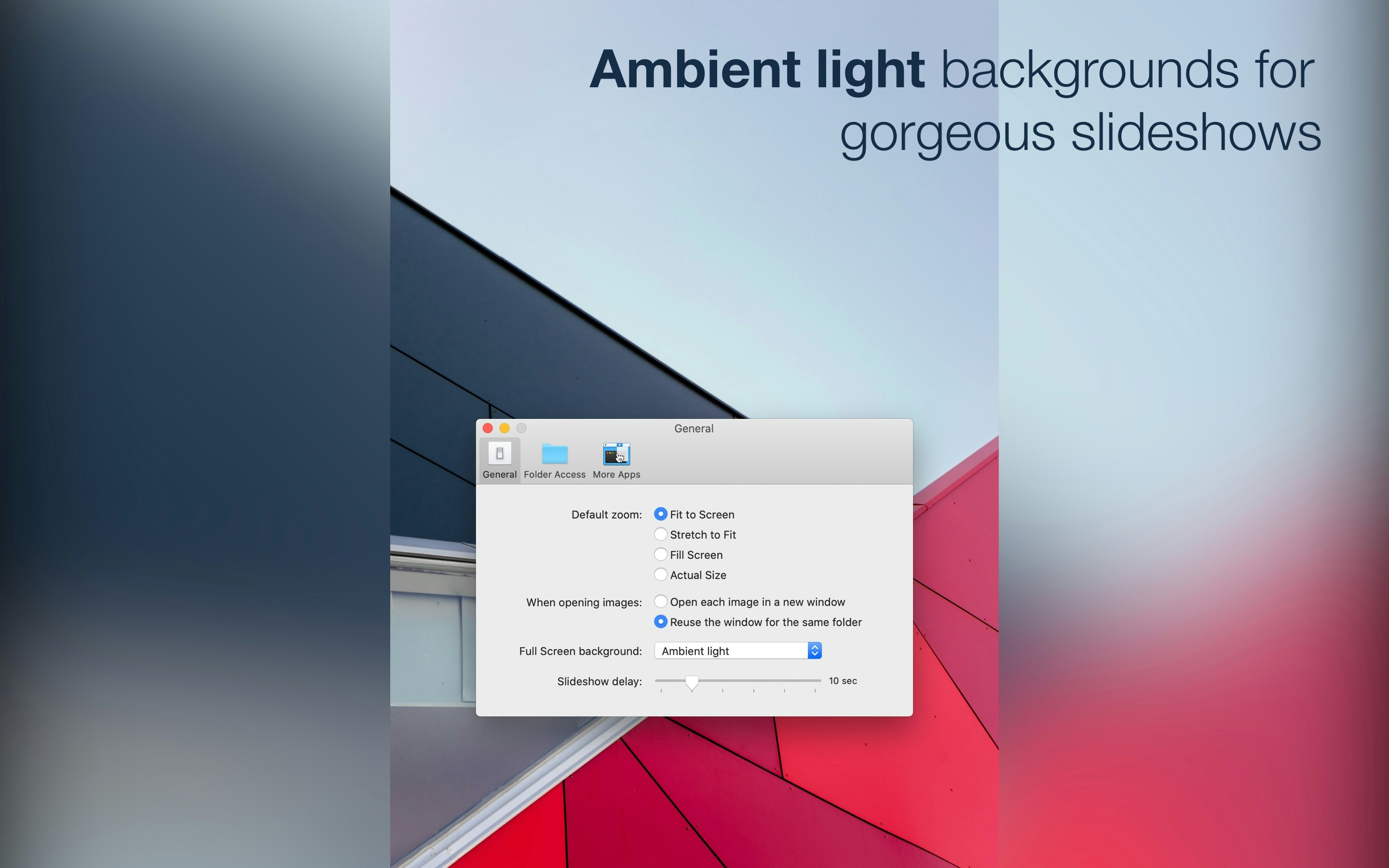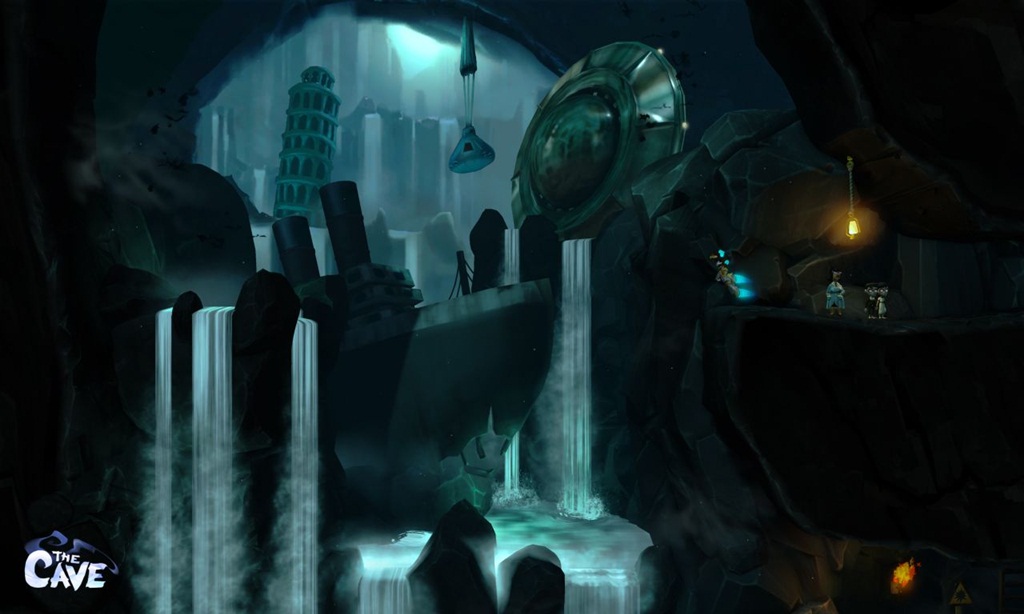

- 360 PHOTO VIEWER FOR MAC MOVIE
- 360 PHOTO VIEWER FOR MAC MP4
- 360 PHOTO VIEWER FOR MAC FULL
- 360 PHOTO VIEWER FOR MAC PORTABLE
Simply drag and drop your video file into the App to convert, then upload to YouTube for full 360° capability.
360 PHOTO VIEWER FOR MAC MOVIE
The easiest way to do this is using your Ricoh Theta Movie Converter App. There is an option to upload your video directly to YouTube from your Ricoh Theta App on your device, or you can upload it manually. Before uploading your video manually, the video must be converted from stereoscopic (two fish-eye views) to equirectangular (stitched together). Most people already have YouTube apps on their phones and devices, and it’s easy to use in an internet browser.

360 PHOTO VIEWER FOR MAC MP4
Again, you can always view your 360° content with your Ricoh Theta App, and after converting your mp4 files (more information on that below) they are viewable in your native Windows Photo Viewer, but there is an easier way to host and share - YouTube! With free, unlimited storage and easy settings for privacy and sharing YouTube is a great choice for hosting, viewing, and sharing 360° videos. The mp4 file that is saved to your camera is not immediately viewable as a 360° image in traditional viewing software. In addition, Google Photos boasts free, unlimited photo storage, with a few caveats: photo sizes are limited to 16 megapixels each, and they need to be uploaded at “high quality” to not be counted against your google drive storage space.

Available through your internet browser as well as on both Android and iOS, Google Photos has proven to be quite convenient - there is even the option to automatically upload/backup your photos from your device. Luckily Google Photos is a free and easy way to view, store, and share your photos, 360° or otherwise.

While the Theta App can be used to view photos and videos on your own device, this is not always an ideal solution for sharing with clients and colleagues as it would require them to download additional software. Most standard photo viewers are not equipped to handle 360° photos. The Theta V also offers a Bluetooth option, which may alleviate that issue. Unfortunately the WiFi connection has proved to be tricky and can sometimes give out unexpectedly requiring reconnection. Photos that are saved on the camera can also be accessed using the app while connected, absolving the need to connect the camera to your computer or device for media transfer. This gives you more options for using your photos and videos since they are also saved directly to your device and are immediately available for viewing in the app. By connecting your device and the camera using WiFi, photos can be taken remotely and saved to the camera and your device. It is free and available for Windows, Mac, iOS, and Android.
360 PHOTO VIEWER FOR MAC PORTABLE
It is definitely recommended to download the Ricoh Theta App on your phone, tablet, or laptop computer (I would recommend using your most portable option). Check out their findings here, to add some great information to our discussion from last week! StructionSite, a software package available for organizing, using, and sharing your 360° photos (we will be discussing this software more in depth in Volume 3!) has run a great analysis of 4 of the most popular 360° cameras currently on the market. For construction purposes, however, you can expect to spend less than $1,000 for a great camera. There is a flood of 360° cameras available on the market, ranging in price from $100 or less to tens of thousands of dollars. Finally, in Volume 3, we will explore different software and apps that are currently available for purchase highlighting their uses, strengths and weaknesses, and cost-effectiveness.īefore diving in, I would like to touch back on our discussion of hardware from last week. This week, in Volume 2, we will investigate the applications for 360° photo and video more in-depth and discuss ways to view and share photos using existing software. In Volume 1, we discussed the difference between still and 360° images, learned how 360° cameras work, explored some hardware options, and listed some construction specific applications of 360° photos and video. Welcome back to our three-part series exploring 360° photos, cameras, and technology and how you can use them to your advantage.


 0 kommentar(er)
0 kommentar(er)
